到2030年,電動汽車(EV)可能會佔道路上行駛汽車的三分之一。但要想實現這個目標,供應鏈需要應對不同類型的電池、不統一的法規以及不斷變化的物流狀況,其中存在巨大的挑戰。
“客戶在供應鏈的不同階段對多家供應商進行管理時,他們會發現其中存在重重困難,因為目前產品管理方式的相關流程並不統一,”DHL電動汽車團隊商務事業部副總裁Fabio Sacchi解釋道。
近年來,電動汽車的銷售進入快車道。據國際能源機構報導,2019年全球汽車銷售交易數量達到了創紀錄的2100萬筆,超過了之前2018年的最高水平,從而使全球電動汽車保有量達到720萬輛。
大型諮詢公司德勤(Deloitte)稱,到2030年,全球電動汽車年銷量將達到3110萬輛。雖然作為電動汽車製造商的特斯拉仍然領先,但傳統品牌――例如全球第二大電動汽車製造商大眾、通用汽車(GM)和福特――都在奮起直追。
到2030年,預計大眾一半的銷售額將來自純電動汽車;從目前到2025年,大眾將總共投入730億歐元資金專門用於未來技術研發。通用汽車2020年11月宣布將投入270億美元(224.8億歐元)開發電動汽車和無人駕駛汽車,而福特已經推出野馬和F-150卡車的電動車型。
電池謎題
當前,供應鏈面臨著為電動汽車獲取能源的障礙。原料只能在世界特定地方開採,因此會在電動汽車擴大生產規模時產生瓶頸。
“電池和電子元件主要是從亞洲採購的,主要是中國、日本和韓國等國家。由於電動汽車的保有量將急劇增加,因此我們需要利用DHL的運輸網絡和各種運輸方式來運輸這些危險品,同時也要應對不同形式電動汽車部件儲存中的複雜因素和法規約束,”DHL客戶解決方案和創新事業部部長、汽車交通行業主管Audrey Gerard說道。
而且電池也是沒有標準尺寸的。較常用類型之一的鋰離子電池是以電池芯、電池模塊和電池組的形式提供的。汽車製造商需要加強物流規劃,因為原始設備製造商(OEM)針對這三種電池的採購策略是不同的。
電池生產集中在亞洲――這意味著其他地區可能需要對電池製造進行投資才能保持供應鏈的競爭力。
例如,過去幾年內,德國汽車製造商戴姆勒(Daimler)迅速做出調整。它在中國北京和阿拉巴馬州塔斯卡盧薩建設了新的電池生產設施,以鞏固它在這些市場中的地位。
不斷變化的角色和金融影響
電池的使用不斷減少了待運輸車輛部件的總量,從而改變了汽車製造商和供應商的角色。排氣系統、燃油系統、變速箱――這些都是內燃機(ICE)汽車不可或缺的部分――已經不再是必需品。
據弗若斯特沙利文(Frost & Sullivan)商務諮詢公司預測,ICE汽車動力系統部件的40-50%將不會出現在未來的電動汽車中。
傳統供應商還將面臨電池價格不斷下跌的局面以及傳統汽車供應鏈之外的企業競爭――這些企業目前是電動汽車電池的主要製造商。
這會造成什麼局面?隨著電動汽車普及率的提高,供應商的潛在市場將不斷萎縮,而且利潤率會不斷收窄。提供ICE車輛部件的供應商不得不開展多元化經營,以便在市場中保留一定的份額,否則就會承擔收入下降的風險。
複雜而不統一的電池法規
另一個問題在於運輸和儲存法規。每個地區內,甚至在同一個國家內,主管機關關於電池的運輸和儲存方式沒有統一的規則。
涉及到受損電池和有缺陷電池時,又會出現其他復雜因素。電池不能空運,而且在公路運輸或海運以及儲存期間還需滿足其他要求。
然而,各國可以將歐洲作為參考。 《危險品公路運輸歐洲協議》(ADR)對該地區內的危險品運輸做出了規定,其中給出了危險品包裝、裝載固定、分類和標籤方面的公路運輸規則。
《危險品公路運輸歐洲協議》還對每個階段電池的處理提出了明確要求:新電池/舊電池、有缺陷電池或臨期電池,其中必須在技術上以更先進的方式對電池進行管理。如今,所有歐盟成員國都遵守這項協議。
電動汽車行業變化概覽
電氣化對汽車交通供應鏈的多方面影響都表明了一種需求:即針對電動汽車供應鏈採用一體化物流,從新車設計和生產開始直到回收利用及之後階段。
“汽車行業正在經歷劇變。隨著電動汽車需求量的增長以及工程技術與現代技術之間的融合,物流企業也必須對自身的產品和服務進行調整,”DHL客戶解決方案和創新事業部全球汽車交通總裁Fathi Tlatli說道。
德國郵政DHL集團(DPDHL)最近實施了DHL EV TV計劃,旨在幫助客戶更好地了解汽車物流行業以及支持電動汽車行業的解決方案。
該系列節目包含12個主要節目並以網絡研討會和播客作為支持平台,包含整個價值鏈中對於電動汽車革命不可或缺的深入見解和研究結果。
DHL電動汽車團隊的資深供應鏈專家將憑藉電動交通不同方面的經驗,闡述從能源生產和車輛續航里程到電池儲存和安全的各種主題――這些主題對於建設適應性、高效率的電動汽車供應鏈至關重要。
如需了解電動汽車供應鏈的更多信息,敬請關注EV TV系列最新節目或者立即聯繫我們的汽車交通專家。


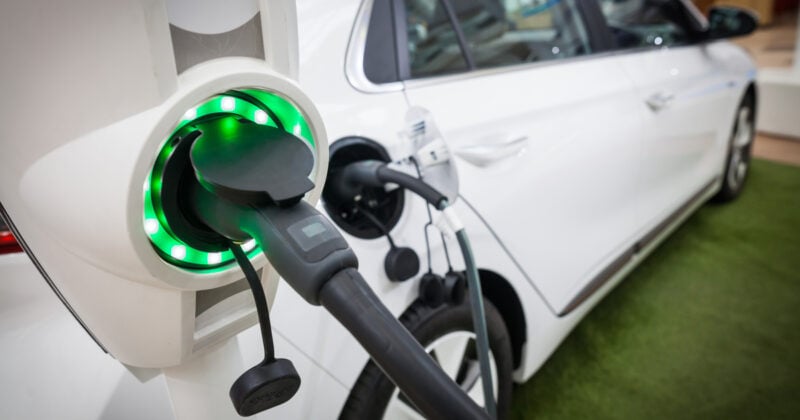



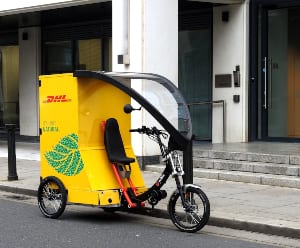
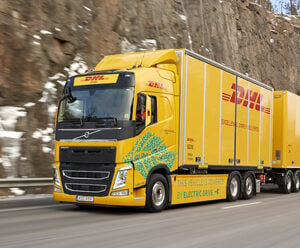
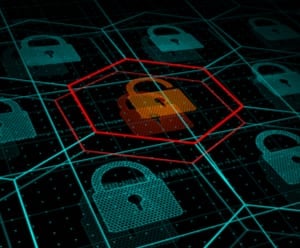
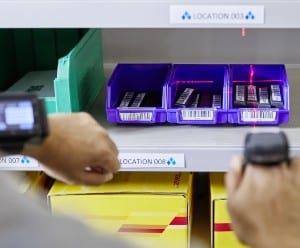
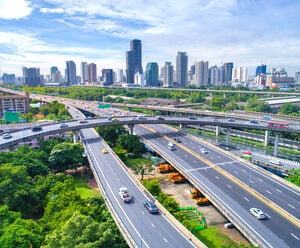


 繁體中文(香港)
繁體中文(香港)